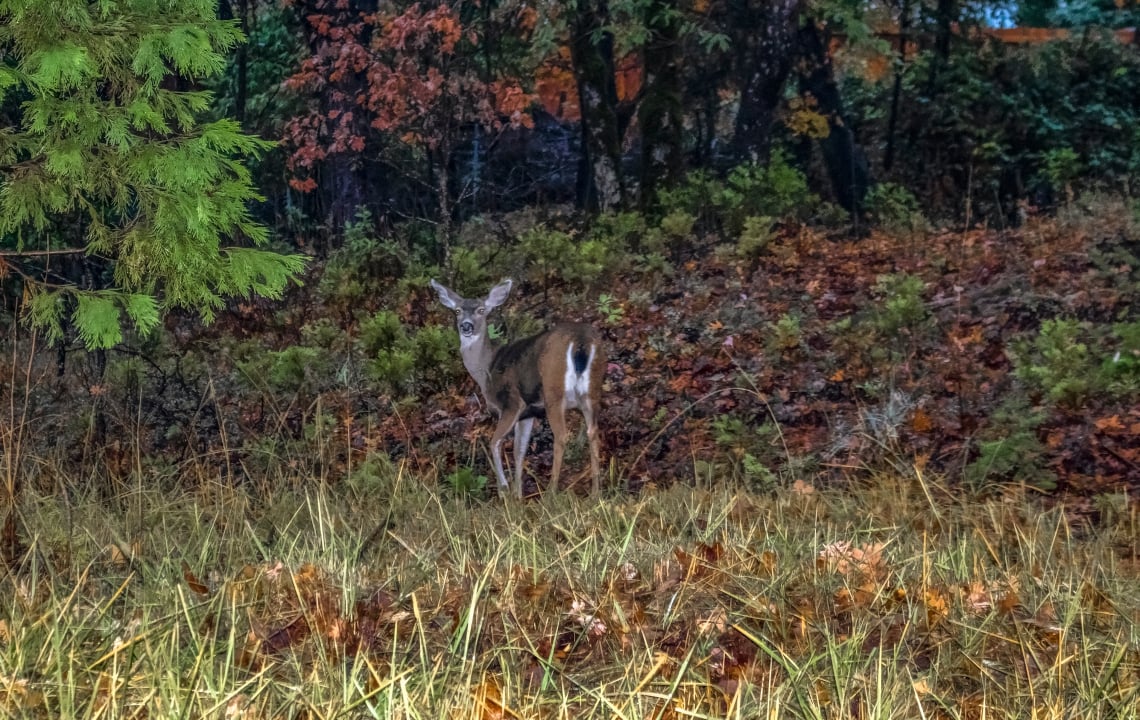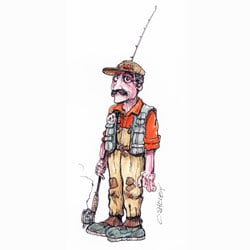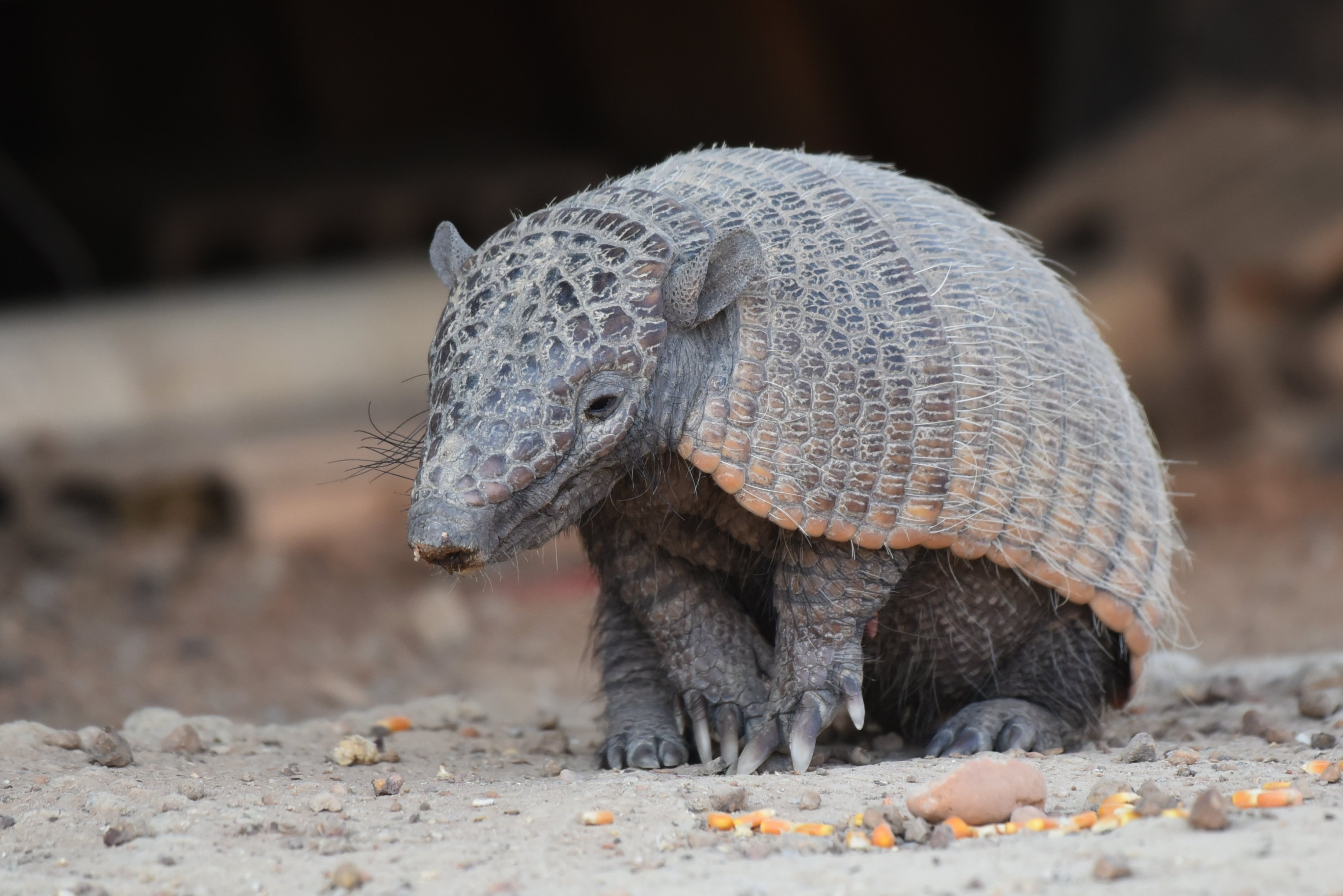If you drive on country roads, chances are you've either hit or nearly collided with a deer frozen in the headlights. Deer collisions are common and cost hundreds of lives and billions of dollars per year. But there's hope on the horizon. A new technology that could reduce collisions by up to 90%. We sat down with Dr. Olin Rhodes Jr., Director of the Savannah River Ecology Laboratory (SREL) to learn more.
Deer freezing in the headlights of an approaching vehicle is such a common problem it has become a cliché for all forms of inactivity. Speaking to the South Carolina Outdoor Press Association, Dr. Olin Rhodes Jr., Director of the Savannah River Ecology Laboratory (SREL), explained just how common a problem it is and what causes this behavior.
According to Dr. Rhodes, approximately 1.25 million deer and vehicle collisions occur annually. Most of these accidents occur in low-light conditions from dusk to dawn. Many of us have had either a collision or near miss under these conditions.
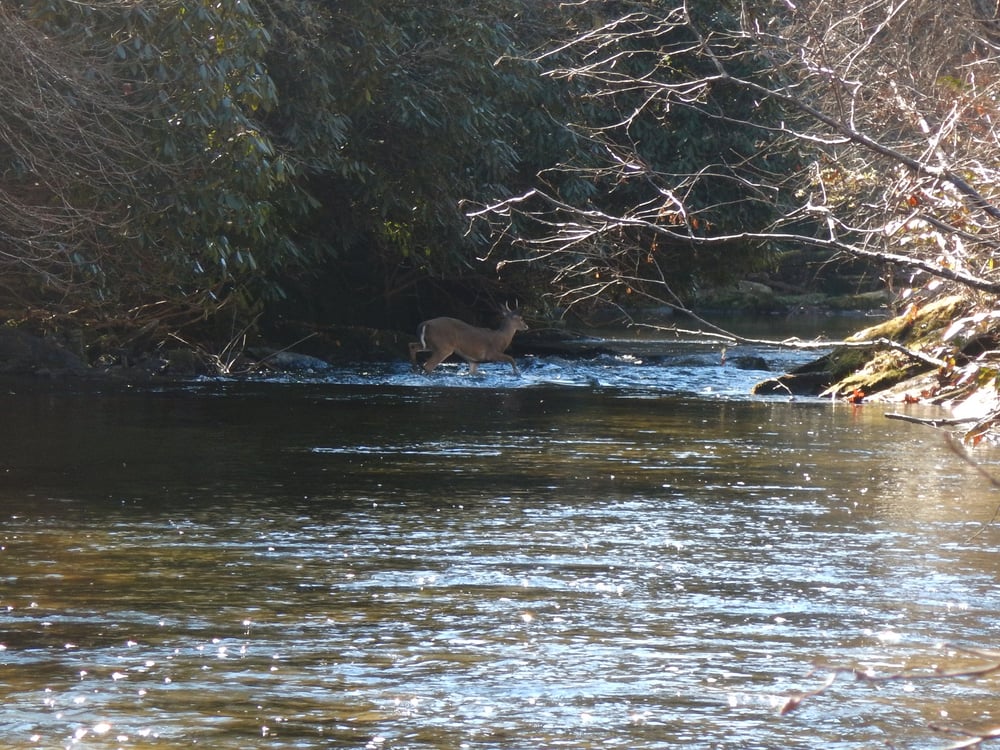
For instance, some years back I was going fishing on a lake just over an hour drive from my house. Wanting to be on the lake at daylight, I started out in full darkness. The last thirty minutes of the drive was through a rural area and the road was bordered by pine forests. As I came around a curve, a pair of eyes reflected in my headlights.
Pulling a boat, I had limited maneuverability. Luckily, no cars were approaching from the opposite direction. I began to brake quickly but carefully as the deer remained frozen in the road. To make matters worse, two more deer walked into the road to join the one already there.
At the last second, one doe jumped off the road and the other two followed. I had slowed by this point but still only missed them by a few feet. My story ended without incident but not all drivers are so fortunate.
The problem, as described by Dr. Rhodes’ research team, is that headlights are not sufficiently intimidating to trigger the deer’s flight behavior. So the solution, they decided, was to make the vehicle loom larger.
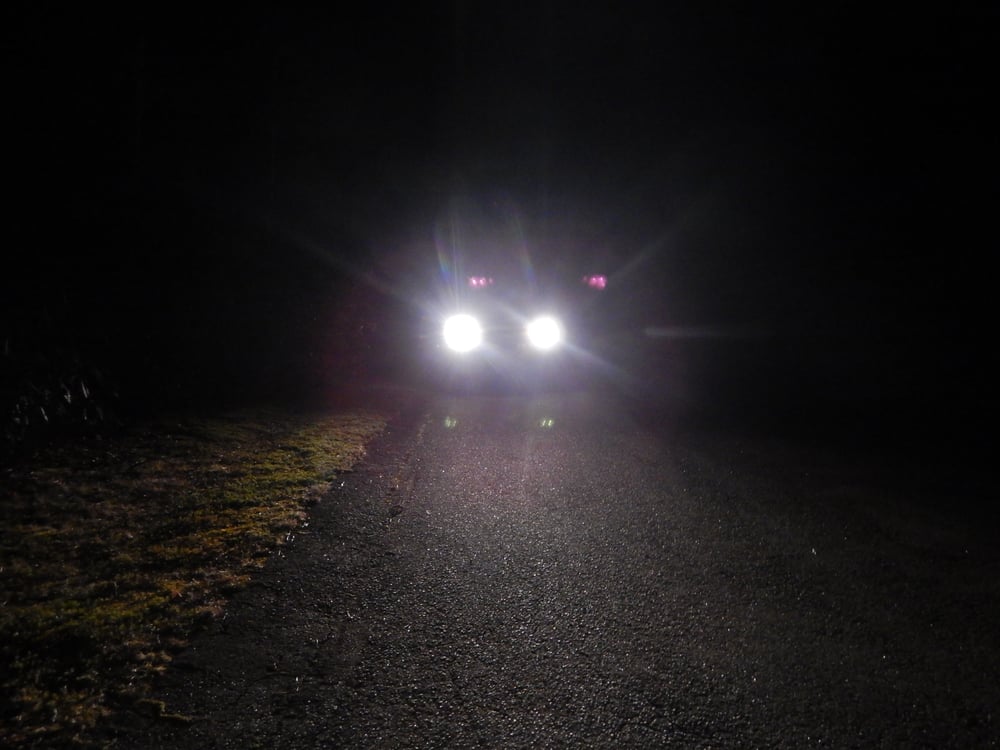
The initial study was conducted at the U.S. Department of Agriculture by Dr. Travis DeVault prior to his joining SREL.
The research was conducted by using LED lights (light-emitting diodes) to shine back on the front of the vehicle. This causes a larger section of the front of the vehicle to show up at night. Once illuminated, the vehicle looks considerably larger to the deer and its approach is seen more clearly by the deer than the two pinpoints of light from standard headlights.
To prove their theory, a Ford F250 was equipped with such a lighting system and driven in low-light conditions to determine if it worked. Through their studies, the researchers found a ninety-percent reduction in deer collisions.
Alternate methods of preventing deer and vehicle collisions in the past have involved fencing, reflectors and other roadside devices that were just too costly. So solving this problem by adapting changes into vehicles has economic advantage as well.
Dr. DeVault is extending this research to see if the new lighting system will affect the behavior of other large mammals in the same way. Currently, they are testing the lighting system on wild pigs.
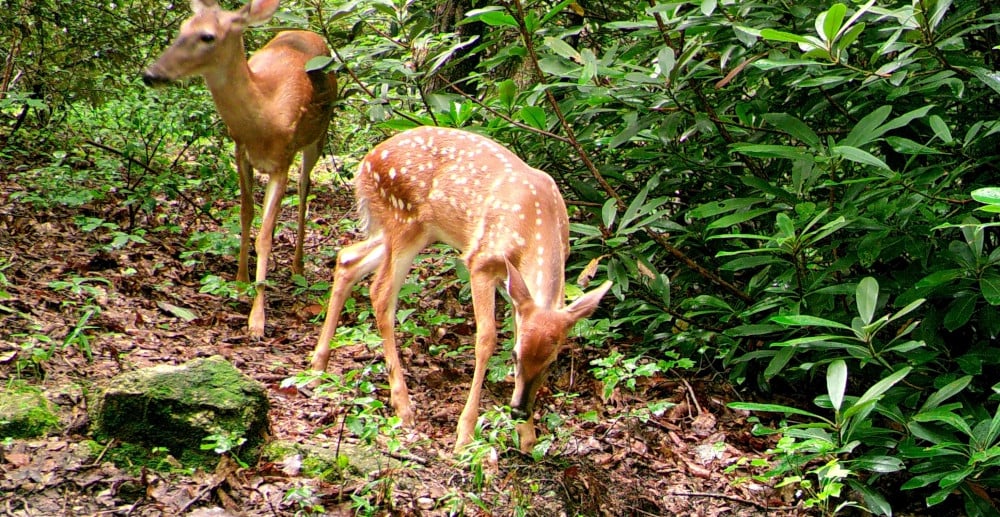
Dr. Rhodes explained further that a patent application has been filed on this technology. As described, the lighting could be added to existing vehicles as an aftermarket device. Also, discussions with at least one vehicle manufacturer are underway to have these lights built in at the factory.
For those of us who drive rural roads, this is welcome news. The annual loss from 1.25 million deer and vehicle collisions is substantial.
A University of Wisconsin study in 2017 estimated the economic loss at nine billion dollars. Furthermore, these collisions resulted in approximately two hundred fatalities and twenty thousand injuries.
A ninety percent reduction in these accidents would be substantial in both economic and human welfare terms. Perhaps with this technology even the cliché “like a deer in the headlights” may fade from our vocabularies.


